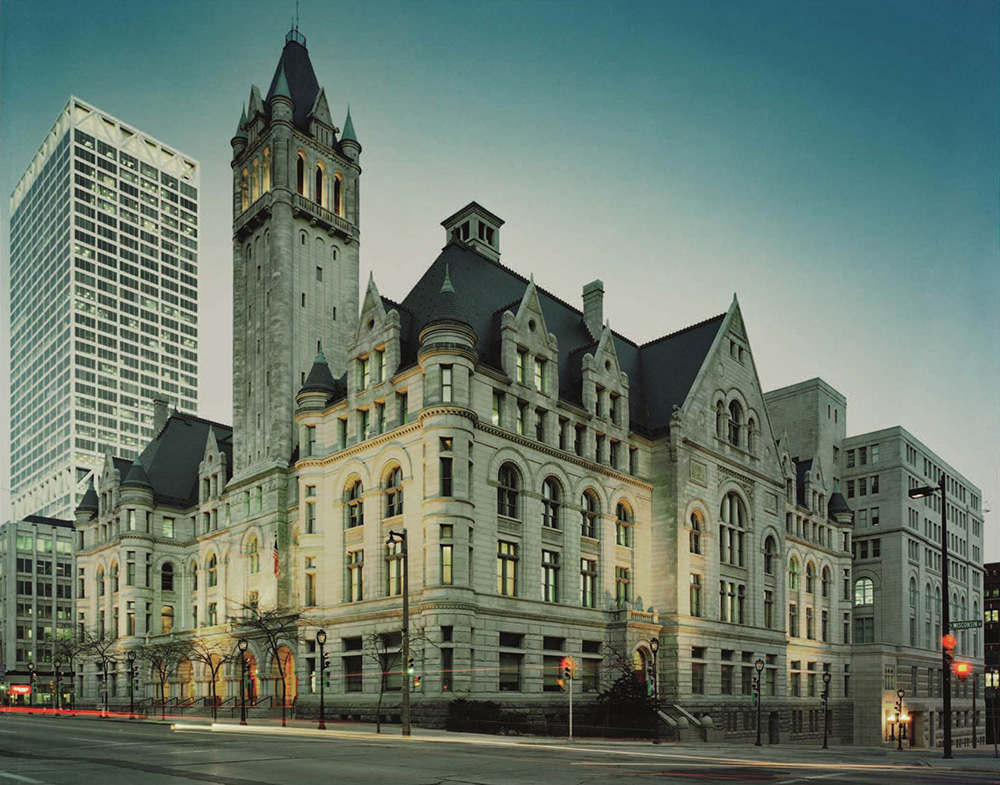
The focus of the Judiciary Act was, of course, on how the federal courts would operate within the structure of Article III of the Constitution. Just as the Founders had debated the relationship between state and federal governments in our entire federal system, foremost among the issues the new Congress debated was the relationship between the state and federal courts. They effectively resolved some of the natural tensions between the two forms of self-government through compromise, enabling the two judicial systems to co-exist. One of the primary compromises was to give the Supreme Court of the United States appellate jurisdiction over both federal and state courts’ decisions that hold any federal statute or treaty invalid, or ones that hold valid any state law or practice that is challenged as invalid under the federal Constitution, laws, or treaties.
Additionally, the new Congress debated the structure within the federal courts themselves. They settled on a structure that can be described as a federal system within the federal system: they created 3 individual circuits within the federal courts and 13 judicial districts within those circuits. The federal courts’ jurisdiction and governance has grown over the past 232 years since the passage of the Judiciary Act to 13 appellate courts, 94 district courts, and 30,000 employees. Throughout its evolution and iterations, there has been a crucial commitment to preserving the independence and self-government of the Judicial Branch. Experience has taught us over those years, however, that although such independence is provided for in our Constitution, it is not guaranteed. It has to be vigilantly guarded against intrusions by the other branches of government.
September 24 is a good day to reflect on ways the Society can illuminate how important an independent Judicial Branch is to preserving our liberties.
We welcome your ideas: programs@supremecourthistory.org




